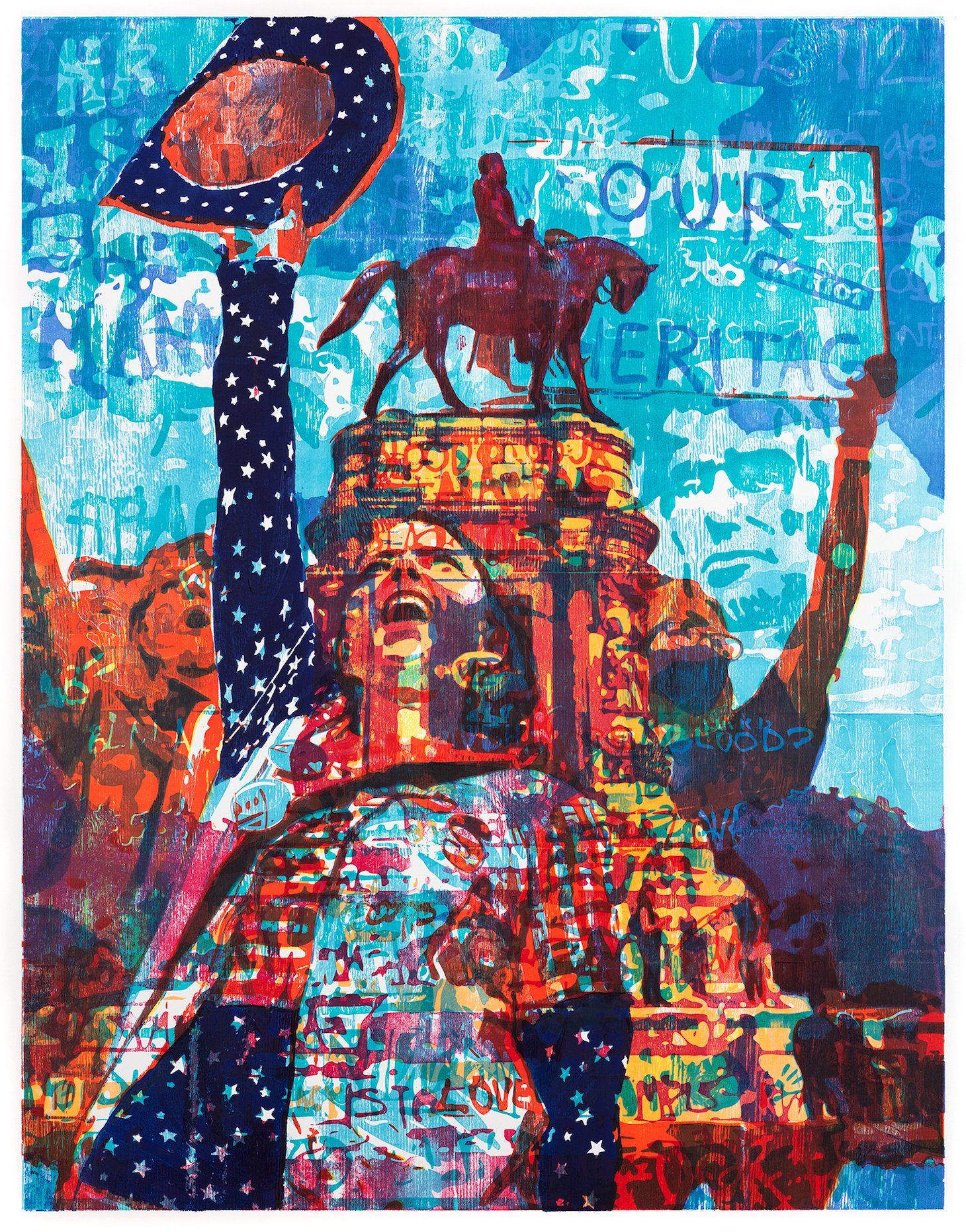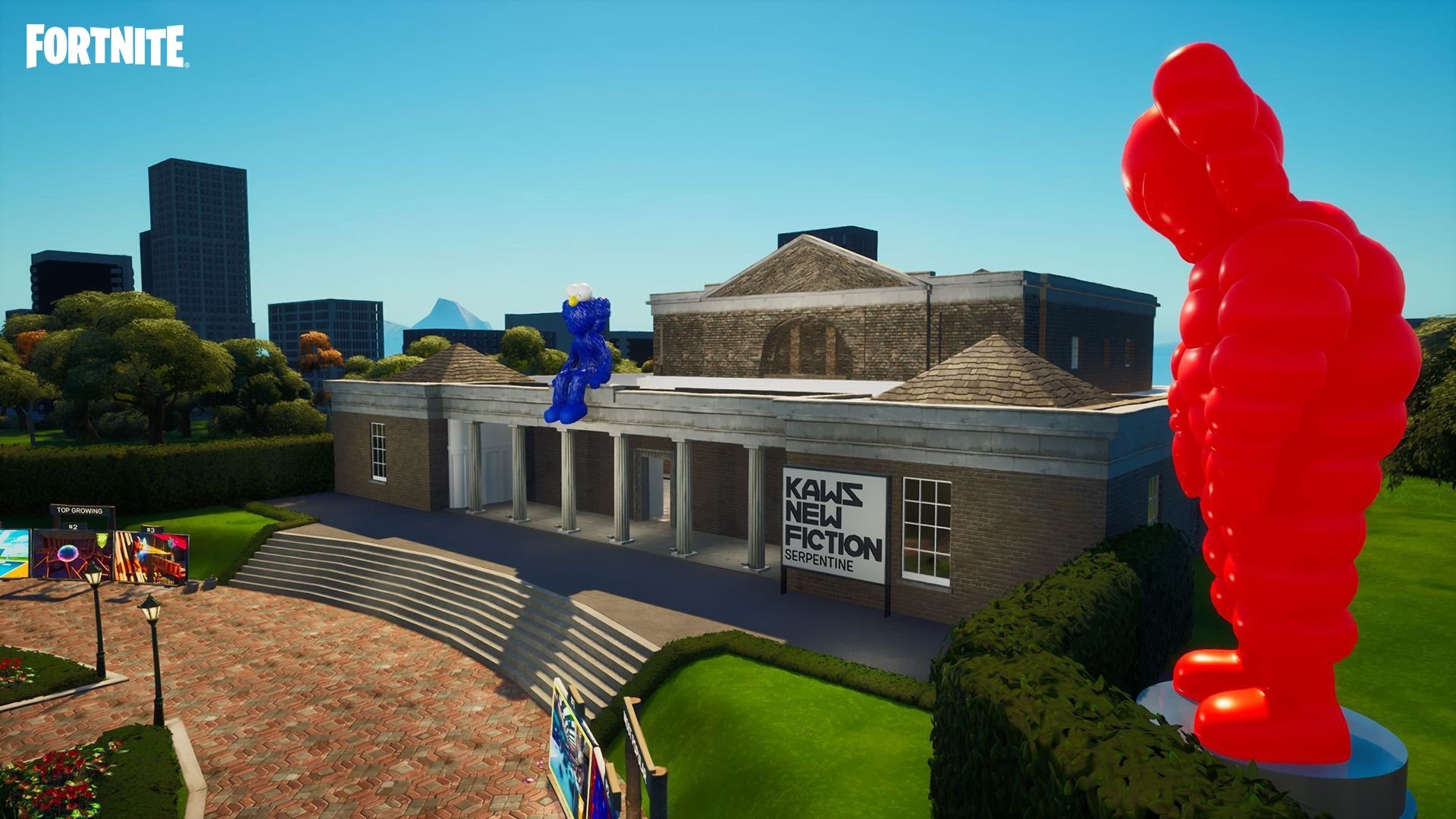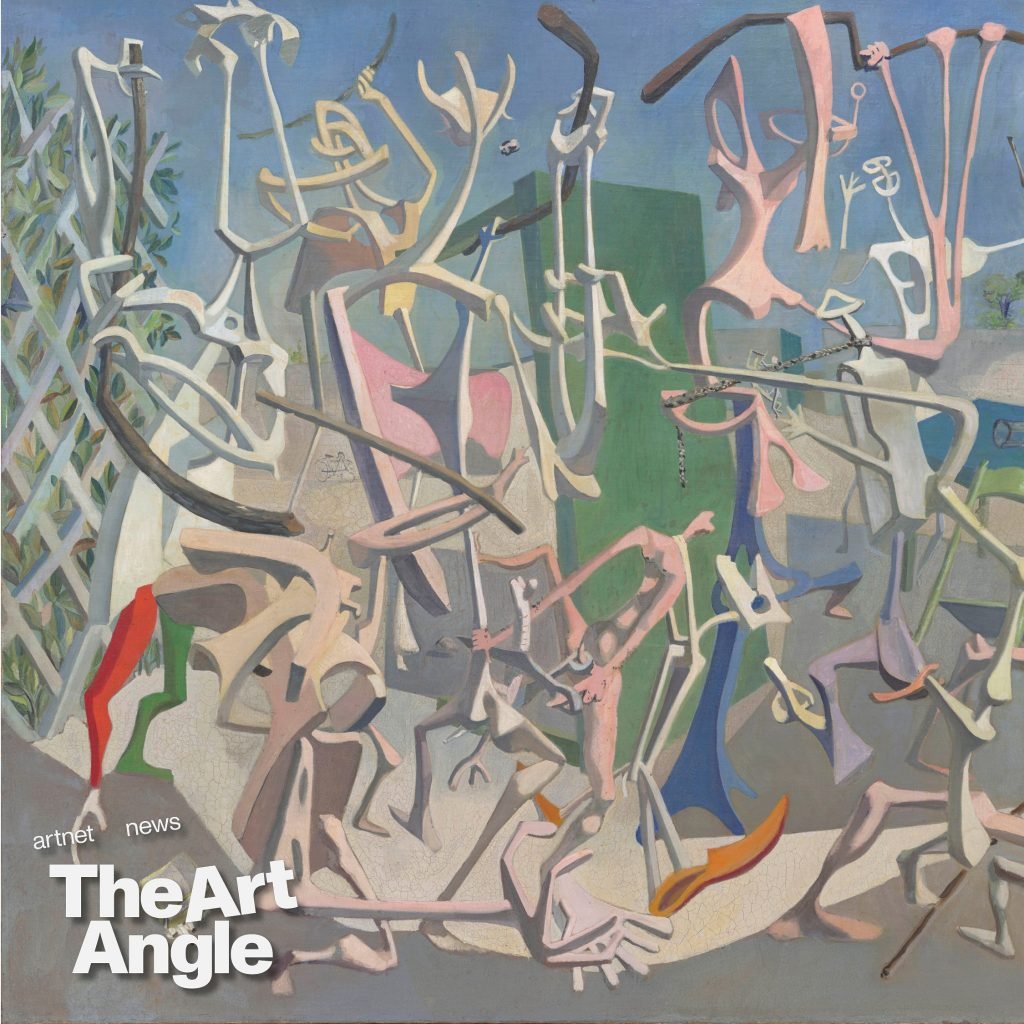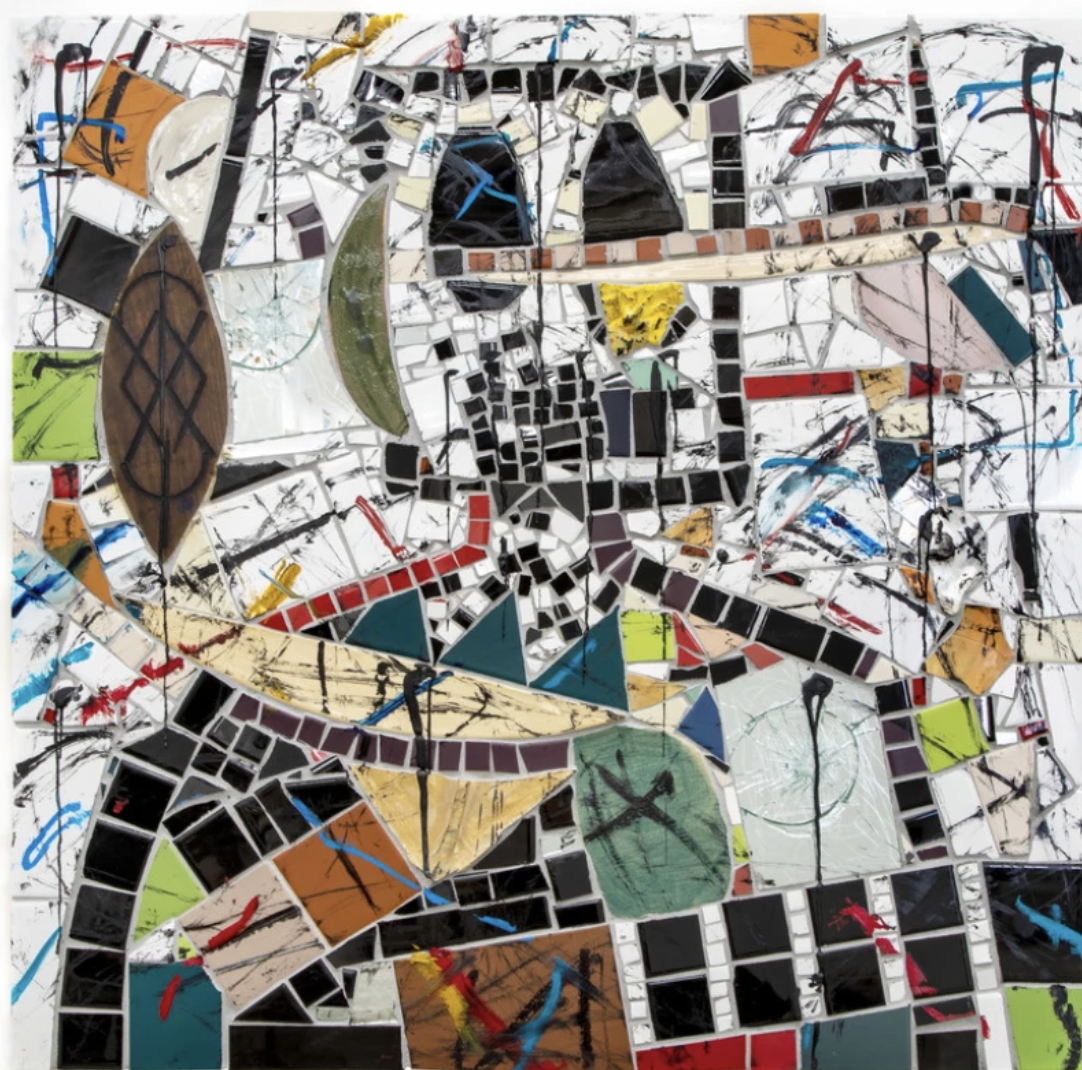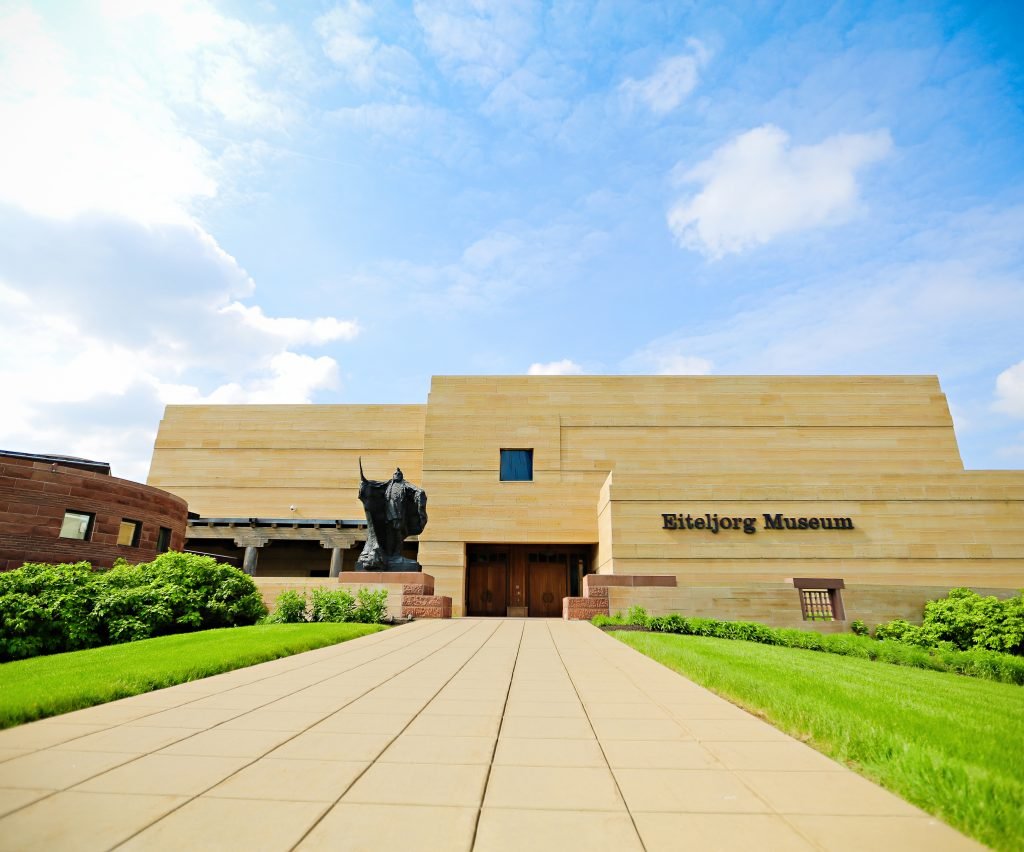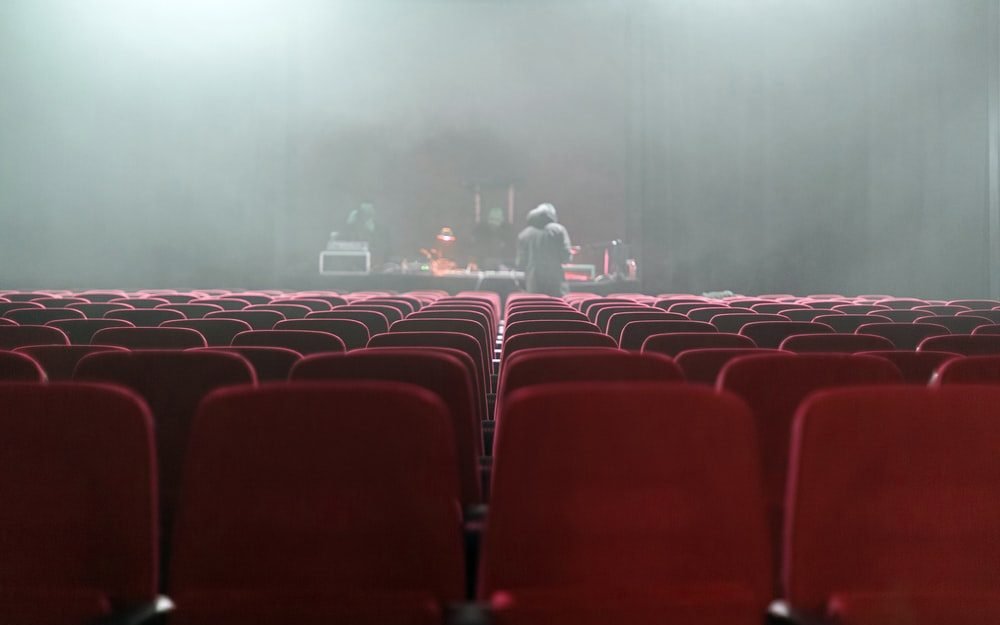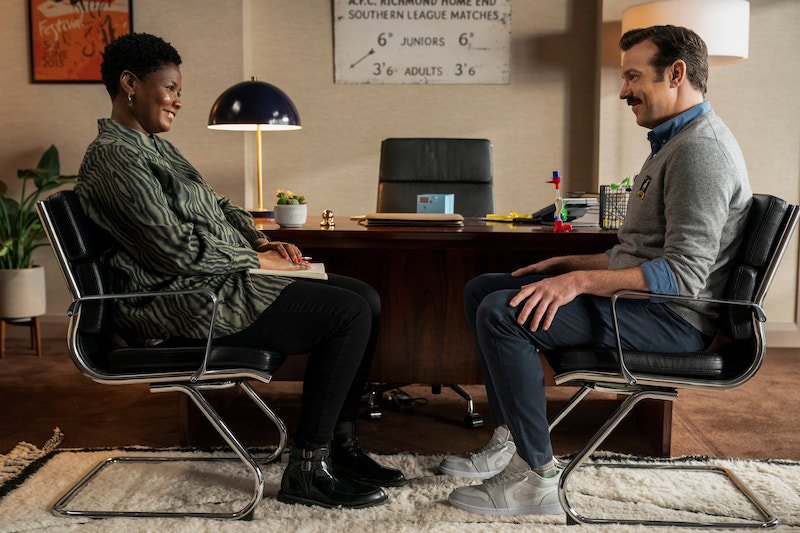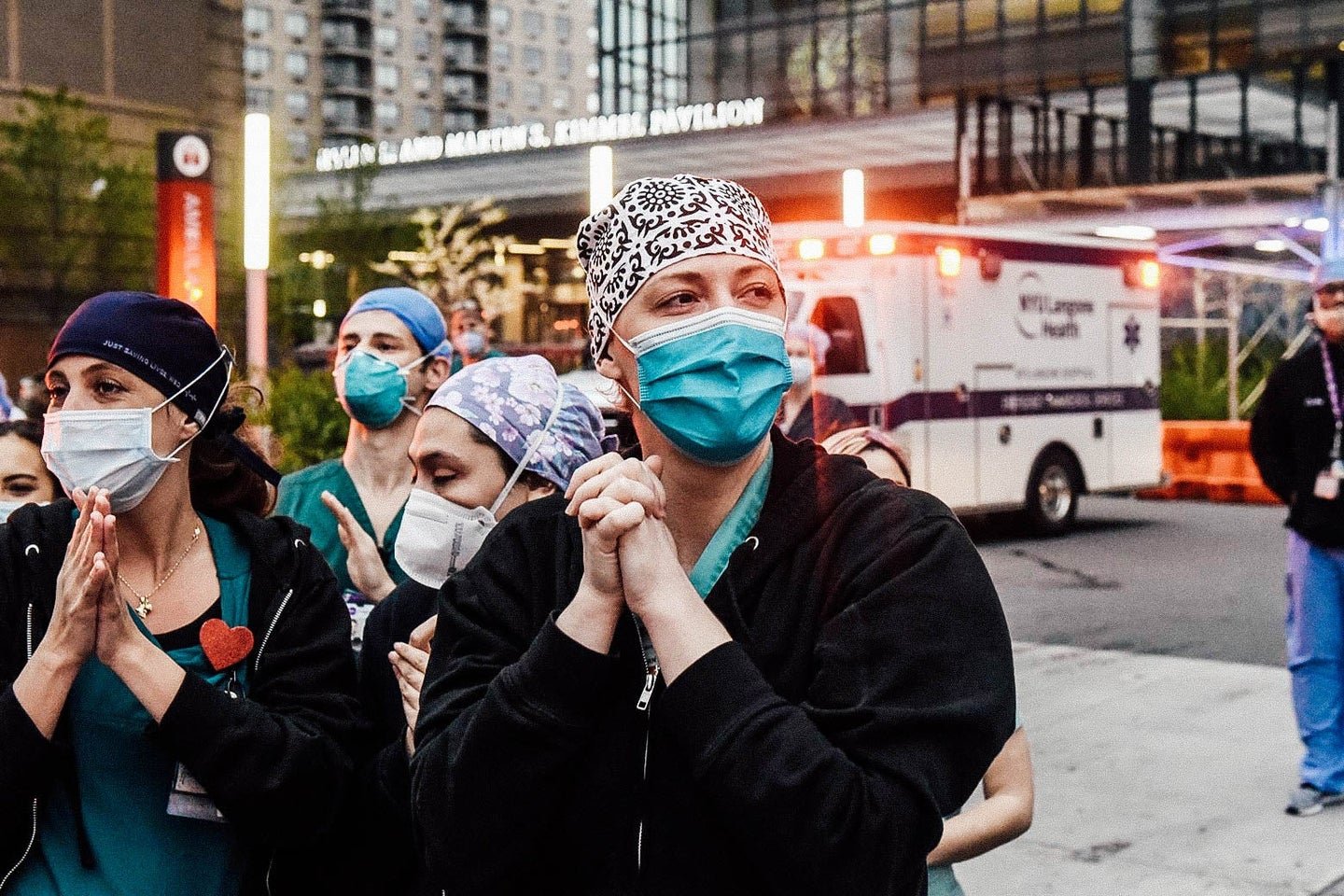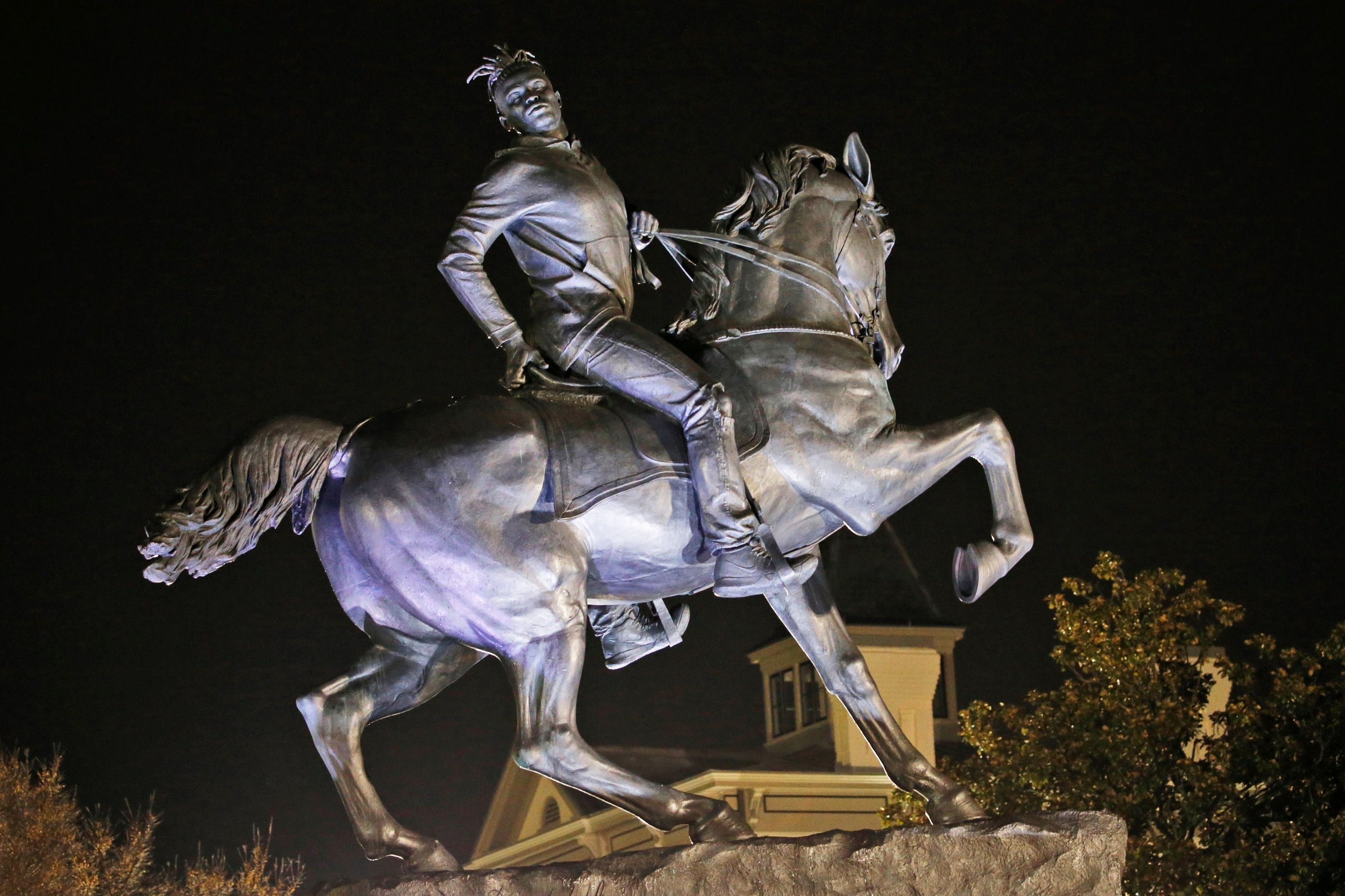As I draft this post, I am getting set to return to in-person teaching after a two-week hiatus of remote university instruction because of the Omicron variant surge in Western Canada. I am unapologetically relieved to be going back into the classroom, not least of which because I notice a tremendous difference in student engagement, curiosity, and excitement when teaching students in-person versus online. To be sure, there is a time, place, and practicality for remote learning, and I have embraced the idea that some of my courses will move online in the future, but I will never buy into the idea that screen mediated learning can replace in-person engagement.
I last visited Picabia’s Edtaonisl (Ecclesiastic) (1913) in February 2020 only weeks before the Covid-19 pandemic began. Like all works of art I have encountered after learning about them, nothing could compare to experiencing Picabia’s incredible painting in-person.
In many ways, the best analogy for this comes right out of my experiences leading field schools to art cities around the world. No amount of remote preparation, research, or looking at representations can prepare students for the magic, the incalculable frisson, of encountering a work of art in real life. In fact, one of the most fulfilling aspects of being an art historian is being able to witness students come into close contact with an art object they have long admired or studied. Almost every time, students are struck by how much is missed, assumed, and/or completely lost when attempting to understand a work of art at a distance. I was once that art history student, and it was, in fact, that experience that drove my interest in becoming an academic, researcher, and avid traveler.
In the classroom space, the same mechanisms are at work. There is no way to replace or duplicate the sense of multiple perspectives, encounter, dimensionality, nuance, non-verbal cues, proximities, and juxtapositions that we all take for granted with real time, in-person, engagement. In many ways, this is the difficult to describe kinetic and communal aspect of teaching and learning that is all but lost via the screen or remote teaching and learning. When people gather to learn together in one space, there is vulnerability, risk, anxiety, and even failure, but being able to overcome all those things leads to the confidence and wisdom that is the ultimate reward of an education. There is also nowhere to hide in the classroom-- we all come to face our worst fears and missteps, but survive and move forward. As my featured artist, Francis Picabia, so eloquently stated when describing the path to success: “The world is divided into two categories: failures and unknowns.”
So yes, I am very excited to be back to in-person learning, and trust that those who are still fearful of the return will weigh the educational, mental-health, and difficult to describe benefits of collective discovery that are the foundation of in-person instruction.
